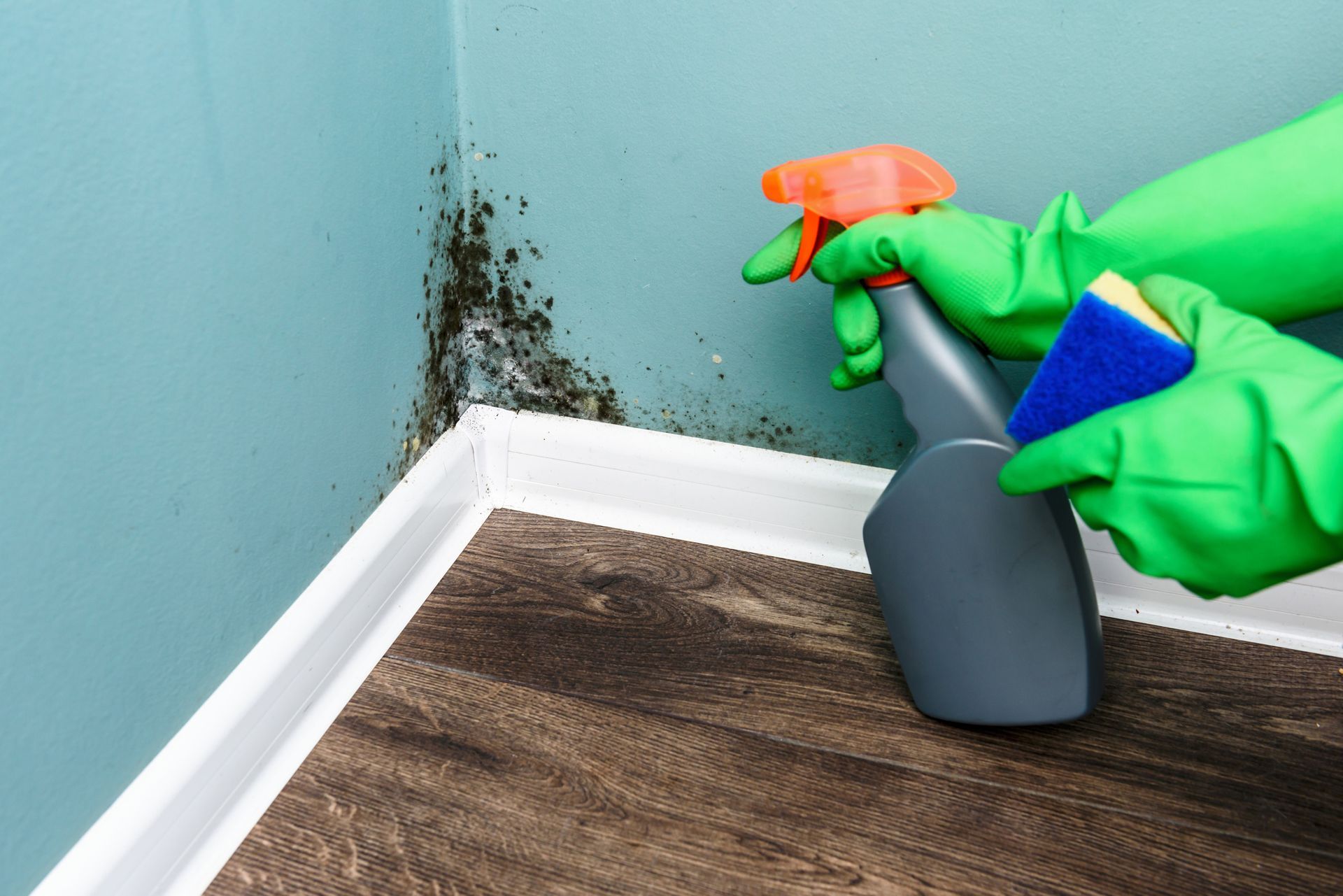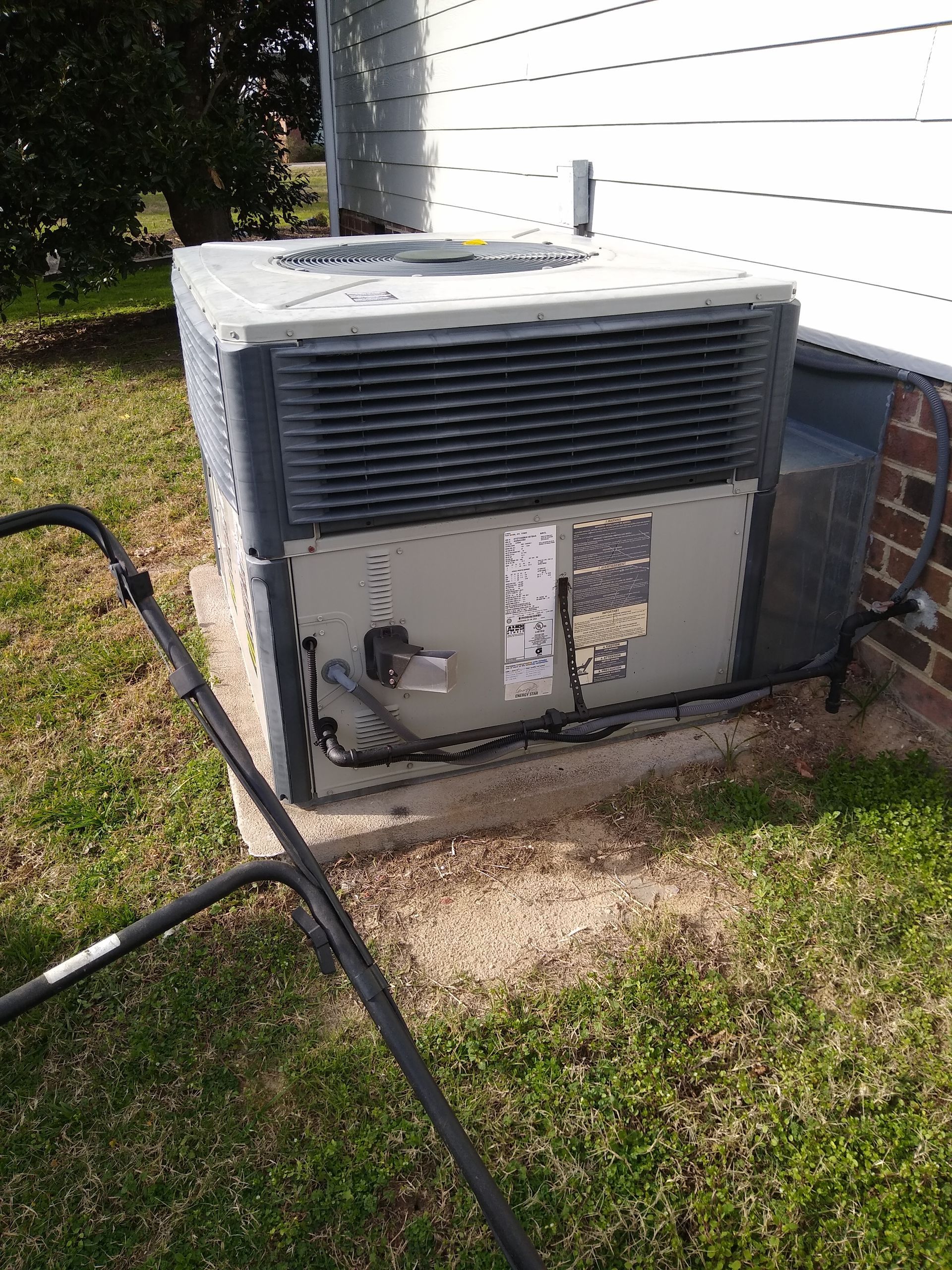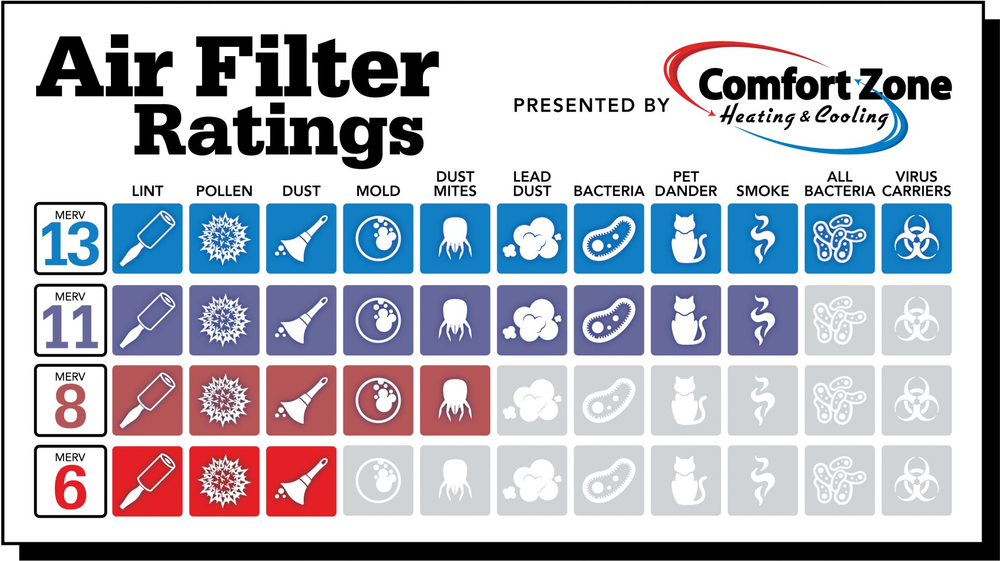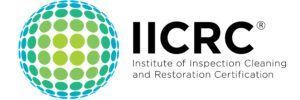Don't Use the Same Company for Testing & Remediation
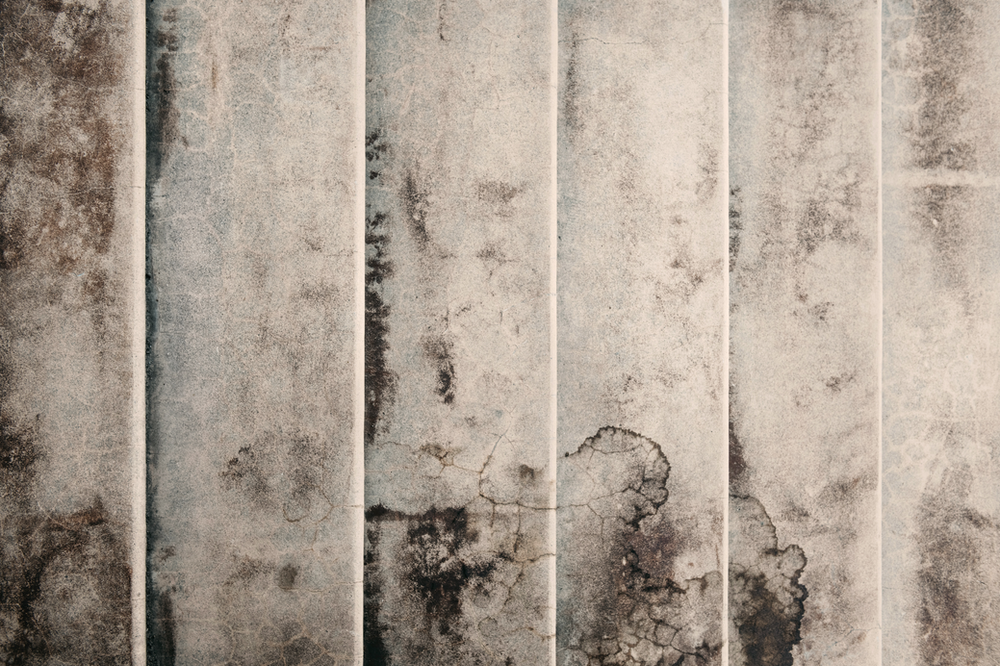
Mold is an important yet destructive part of our ecosystem. There is an industry dedicated to hunting it and removing it from living and working spaces and yet there are many misconceptions surrounding mold assessment, and mold remediation and why each job needs to be done by a separate, and uniquely qualified, company. Did you know that any trustworthy remediation company will not and should not start a project without a written protocol, developed by an independent third-party mold assessor?
Here are a few reasons why.
The Importance of a Mold Inspection Before Remediation
The big picture is that a mold assessment involves detailed inspection and sampling of indoor air and/or surfaces to help determine if remediation is necessary. Even if there is visible mold it is important to establish the extent of required remediation by testing samples. Here are fours things to consider:
1. Conflict of Interest mold remediation is a specialized process that includes the containment, removal, and cleaning of mold or mold-contaminated materials. Mold remediation teams undergo specialized training, just as inspection and assessment teams do. Even though each process deals with mold, performing both services on the same job creates a conflict of interest. Any reputable mold remediation company will insist on receiving post-remediation clearance based on inspection and testing performed by a third-party mold assessor.
2. Not all Mold Problems are the Same – Mold growth can be visible to the naked eye and is usually found on building materials that have become wet or experienced high humidity for extended periods of time. A mold assessment will help identify the presence of water damage and moisture to identify the source and which areas support the growth.
Mold spores that have been disturbed are released from the areas of growth and spread to other areas of the home creating new contaminated environments, known as cross-contamination. These particles are microscopic and not visible to the naked eye. This means a mold inspection is crucial in determining where else the mold is present and how far it has spread.
Investigating, collecting samples, and laboratory testing is the only way to know for sure what type of mold is present, how much mold is present, and how it may be impacting the indoor environment. It is also used to develop a scope of work and protocol for the remediation.
In short, a mold inspection is used to help determine the proper containment, cleaning, and restoration of impacted areas. Without a scope of work your remediation contractor is left to work only from assumptions.
